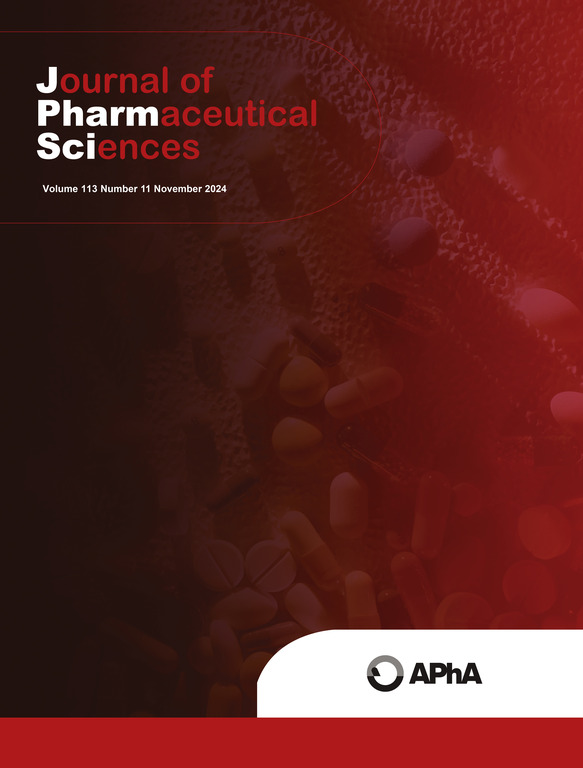针对不同蛋白质配方和容器的颗粒形成:从粒子图像的机器学习分析中获得启示。
IF 3.7
3区 医学
Q2 CHEMISTRY, MEDICINAL
引用次数: 0
摘要
亚可见颗粒计数是制药行业广泛使用的生物治疗药物稳定性指标。生物治疗药物在开发过程中受到的各种应力都会影响颗粒形态。通过对颗粒形态差异进行分类,可以确定单克隆抗体(mAbs)所受的应力。本研究旨在评估已知会影响蛋白质聚集的常见生物治疗药物储存和装运条件。我们进行了两项不同的研究,利用微流成像技术捕捉颗粒图像,并利用卷积神经网络对颗粒进行分类。第一项研究评估了以五种不同配方配制的一种 mAb 在搅拌、加热和冻融压力下产生的颗粒。第二项研究评估了两种常见药物容器(高密度聚乙烯瓶和玻璃瓶)中仅暴露于搅拌应力的六种 mAb 产生的微粒。这项研究还进行了扩展,以评估连续应力暴露与单独暴露于一种应力相比对颗粒形态的影响。总体而言,卷积神经网络能够对属于特定配方或容器的颗粒进行分类。这些研究表明,储存和运输应力会根据制剂成分和 mAb 影响颗粒形态。本文章由计算机程序翻译,如有差异,请以英文原文为准。
Particle formation in response to different protein formulations and containers: Insights from machine learning analysis of particle images
Subvisible particle count is a biotherapeutics stability indicator widely used by pharmaceutical industries. A variety of stresses that biotherapeutics are exposed to during development can impact particle morphology. By classifying particle morphological differences, stresses that have been applied to monoclonal antibodies (mAbs) can be identified. This study aims to evaluate common biotherapeutic drug storage and shipment conditions that are known to impact protein aggregation. Two different studies were conducted to capture particle images using micro-flow imaging and to classify particles using a convolutional neural network. The first study evaluated particles produced in response to agitation, heat, and freeze-thaw stresses in one mAb formulated in five different formulations. The second study evaluated particles from two common drug containers, a high-density polyethylene bottle and a glass vial, in six mAbs exposed solely to agitation stress. An extension of this study was also conducted to evaluate the impact of sequential stress exposure compared to exposure to one stress alone, on particle morphology. Overall, the convolutional neural network was able to classify particles belonging to a particular formulation or container. These studies indicate that storage and shipping stresses can impact particle morphology according to formulation composition and mAb.
求助全文
通过发布文献求助,成功后即可免费获取论文全文。
去求助
来源期刊
CiteScore
7.30
自引率
13.20%
发文量
367
审稿时长
33 days
期刊介绍:
The Journal of Pharmaceutical Sciences will publish original research papers, original research notes, invited topical reviews (including Minireviews), and editorial commentary and news. The area of focus shall be concepts in basic pharmaceutical science and such topics as chemical processing of pharmaceuticals, including crystallization, lyophilization, chemical stability of drugs, pharmacokinetics, biopharmaceutics, pharmacodynamics, pro-drug developments, metabolic disposition of bioactive agents, dosage form design, protein-peptide chemistry and biotechnology specifically as these relate to pharmaceutical technology, and targeted drug delivery.

 求助内容:
求助内容: 应助结果提醒方式:
应助结果提醒方式:


